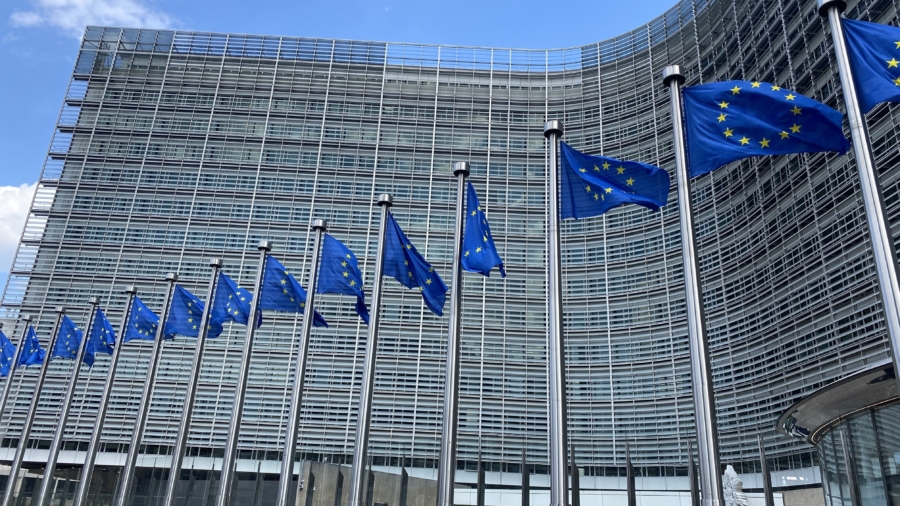
How Balluff’s legal team drives contract visibility and boosts efficiency
Balluff is one of the world’s leading sensor manufacturers, providing innovative solutions for a wide range of industries.

Inefficient processes are costly, and companies can no longer afford to depend on manual and resource-hogging processes that lead to bottlenecks and missed revenue opportunities. Even more so in today’s unpredictable economic landscape where every penny counts.
This is why global companies are looking to contract lifecycle management (CLM) solutions to overcome inefficiencies in their legal processes.
In a recent webinar, Geronimo Fritsch, Group Head of Legal Compliance at Balluff, explained how implementing Agiloft’s CLM solution provided Legal the visibility they needed, putting them in control over the legal processes and driving efficiency overall.
Why visibility is important for global companies
Balluff is one of the world’s leading sensor manufacturers, providing innovative and practical sensing solutions for a wide range of industries. Headquartered in Germany and with over 68 locations worldwide, Balluff’s current focus is automation. “We are focusing on products that lead to digital transformation within companies for our customers,” Fritsch says.
“Most companies, even the big ones like Balluff right now, share the same pain points. They lack the global transparency of contract documents because companies are used to creating siloed solutions according to their departments and teams,” said Geronimo.
For a company that serves customers globally, gaining full visibility over their contracts was essential. For Balluff, when contracts weren’t located in a centralized repository, finding contracts and their content was eating valuable time that could have been utilized more strategically.
The lack of transparency also made it difficult to distinguish the correct versions of contracts, which can lead to costly mistakes. For example, an employee could be using a different, unapproved version of a contract saved on their computer. Or an they could be putting together a contract for a customer using an old template without realizing the error.
While the costs of these inefficiencies were obvious, another overlooked aspect of having opaque processes was the potential legal problems it could bring a company. Non-compliance isn’t just expensive but could also harm the organization’s reputation.
How a CLM can help
Geronimo knew that he needed a comprehensive CLM solution to solve the problems Balluff was facing.
Before implementing any of the solutions in the organization, a thorough evaluation of their current processes was conducted with the assistance of Agiloft, who provided advice and guidance throughout the process.
Balluff kicked it off with an analysis of their existing contract types. “We really have to think about what kind of contract type we need for the company, since this contract type will be created for you. That’s the customization that Agiloft will give you. You can amend and adapt according to your needs,” Geronimo said.
Then, Balluff worked together with Agiloft to identify and establish efficient electronic approval workflows. They also took this time to set up signature regulations according to department and country.
Geronimo also prioritized an intuitive and easy-to-use solution. One that would give his employees control over the process and unlock efficiencies.
And Agiloft CLM provided just that—employees were able to set up personalized dashboards to track contracts, record progress, view analytics, and more. The search function also proved to be useful. Finding contracts and clauses became easier with a search function that allowed for full text, thesaurus, and fuzzy searches.
The impact of the solution was immediately felt. Employees now had transparency and were in control over the contracts. The heightened visibility over contracts has led to increased global contract awareness and mapping of contractual risks.
“The more countries the solution gets deployed to, the more you see contract documents that were signed in the past. From there, you can work out whether it’s something that can be worked with or needs removing. Or, identify parts of the documents that are more state-of-the-art and less risk related,” Geronimo said.
By gaining control over the contracts, Legal has effectively established itself as the quality gatekeeper.
“While we can see that there are very specific contract owners, Legal remains the quality gatekeeper. We can use standard templates and legal can update those templates as needed,” Geronimo said.
Read the Case Study: Driving Legal Efficiencies and Global Contract Transparency with an Integrated CLM Solution
Recent
Posts
Learn about the EU's new Digital Operational Resilience Act (DORA) and its significant impact on financial institutions and information and communications technology (ICT) service providers.
The CLM software market is booming. But with so many options, how do you choose the right vendor for your organization?
Learn how CEOs can drive growth, streamline operations, reduce costs, and manage risks effectively with contract management software.





